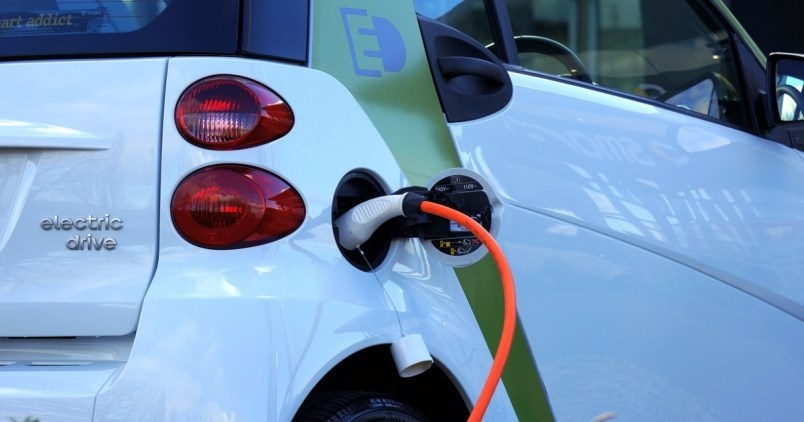As the popularity of electric vehicles grows across the country, Saskatchewan’s northeastern towns plan to build charging stations to attract the tourists that drive them.
Looking at maps of available electric vehicle charging stations in the province, many gaps exist, with no stations available north of Prince Albert, The Battlefords or Lloydminster.
Communities like Hudson Bay, Tisdale, Nipawin and Melfort don’t want to be left out when it comes to possible tourism dollars that would come from electric vehicle users. There are government programs available that can see the region work together to create an electric charging network, and the communities want to take advantage of that, said Jeanine Holowatuik, community development director for the Town of Hudson Bay.
The Zero Emission Vehicle Infrastructure Program; a federal program that will fund 50 per cent of a 20 charger project, would just another way the region can work together to promote tourism in the region, she said.
Barry Elliot, Nipawin’s administrator, said they are in the preliminary planning stages of getting charging stations set up in town as part of a northeast network. There is still a long way to go, he said, including budgeting for the installation costs and making decisions on cost recuperation. The need for accommodating electric vehicles is coming, he said.
“We want the traveling public to be able to travel to see our beautiful area, to visit our amenities, and participate fully in the northeast. If we can do something to help with that we think there's a benefit to doing that.”
Greg McShannock, economic director for the Town of Tisdale and RM of Tisdale, said the interest isn’t there yet at a local level. While it is too late to take advantage of the Zero Emission program for this year and many communities dealing with income flow problems due to COVID-19, the prospects of an electric vehicle charging network is still there.
Looking into electric vehicles, they have come a long way and can now go longer distances before needing to be charged, he said. For people who want that second commuter vehicle for doing short trips, home charging stations are an option that McShannock is looking into himself, he said.
The region has been working together as the Northeast Economic Development Network in order to promote tourism in their region for the last few years, said Holowatuik. Their first tourism campaign was 1000 Miles of Snow, which promoted snowmobiling in the region.



